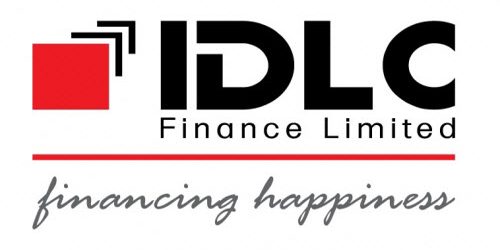Whether it’s a new mobile, IoT, or web3 product, I’m virtually always asked, “How much will it cost to build?” This is a common question I hear from entrepreneurs who are knowledgeable about their industry but have no prior experience developing software. Because there is a distinct solution for practically every circumstance, I’ve compiled a list of essential elements that are always useful for business executives who are exploring a digital product for the first time.
Make sure you know what budget you’re working with. When creating a digital product, there are five important elements to keep in mind. The first and most critical step is to figure out how much money you have available. Then you may reframe the problem by asking how much of a working, usable digital product you can build with that budget and how long it will take.
If you’re a non-technical entrepreneur with no idea where to begin, some usual approximate ranges can help. Budgets and timelines for new end-user software products often fall into one of three groups. The expenses of product development are influenced by a number of factors. The extent to which pre-built components or middleware may be used, how rigorous the security or compliance requirements are, and the number of users or use cases the product must cover can all affect costs.
You don’t have to learn to code, but you should try to grasp how design, technology, and development work together. Establishing your bracket can assist drive your selection of the ideal software development partner if you decide to outsource, and helps underpin interactions with your financial and internal stakeholders. Prioritizing the business consequence you require in your budget
The question of what your project needs to accomplish is also crucial. Make sure you and your development partner are on the same page about the project’s objectives. We collaborated with an engineering consulting firm that had a software-driven human resource management business proposal.
Their founder was not a software professional, and the business had a little start-up budget. We devised a project plan that comprised research, architectural diagrams, sample screenshots, and a reasonable budget for the product’s development. The result was a polished PowerPoint presentation that assisted the firm in obtaining funding for the development of the first complete edition of the SaaS platform. Without having to evaluate a single line of code, the entrepreneur was able to achieve his objectives for less than $50,000.
















